Wagyu beef has become synonymous with luxury, a name that evokes images of marbled perfection and unforgettable culinary experiences. But what exactly elevates Wagyu to the pinnacle of gourmet dining? From its centuries-old history to the meticulous care of the cattle, every element of Wagyu production contributes to its unparalleled status. In this article, we explore the intricacies behind this world-renowned delicacy.
The Rich Heritage of Wagyu: A Tradition of Excellence
The story of Wagyu beef begins in Japan, where cattle breeding has been a meticulous process honed over centuries. “Wagyu” translates to “Japanese cow,” and the breed is renowned for its genetic predisposition to intense marbling and tenderness. Historically, Wagyu cattle were primarily used as draft animals, prized for their strength and endurance. Over time, the focus shifted to producing beef of exceptional quality.
Wagyu’s legacy is deeply rooted in Japanese culture, where food is celebrated as an art form. Regional varieties, such as Kobe, Matsusaka, and Omi, have emerged as prestigious brands, each offering a unique flavor profile. These regions are known for their distinct terroir, which significantly influences the cattle’s diet and the beef’s final taste.
The reverence for Wagyu in Japanese culinary traditions has propelled it onto the global stage. As its popularity grows worldwide, enthusiasts and chefs alike are drawn to the meticulous methods and cultural significance that define Wagyu production, ensuring that its heritage remains an integral part of its identity.
What Makes Wagyu Beef Different: A Study in Marbling
One of the most striking features of Wagyu beef is its extraordinary marbling, or intramuscular fat. Unlike conventional beef, Wagyu fat is finely interspersed throughout the muscle, creating a lace-like appearance. This marbling is not just visually appealing; it’s the secret to Wagyu’s melt-in-your-mouth texture and rich flavor.
The unique marbling of Wagyu beef is attributed to both genetics and diet. Wagyu cattle are bred for their ability to develop high levels of oleic acid, a monounsaturated fat that enhances flavor and creates a buttery mouthfeel. These cattle are fed a carefully curated diet, often including rice straw, barley, and other grains, to ensure consistent fat distribution.
For those curious about what makes Wagyu so distinct, the key lies in understanding the meticulous care and attention that go into every stage of its production. From the selective breeding of cattle with superior genetics to the carefully managed feeding programs designed to enhance marbling, every detail is precisely orchestrated. The science behind Wagyu’s signature tenderness and flavor reveals a harmony of tradition and innovation that elevates this beef to an unparalleled level of quality. Exploring these factors not only highlights the extraordinary craftsmanship involved but also deepens one’s appreciation for Wagyu as a true culinary masterpiece.
The Art of Raising Wagyu Cattle: Beyond Ordinary Farming
The exceptional quality of Wagyu beef begins with the way the cattle are raised. Unlike mass-production farming practices, Wagyu ranchers prioritize the well-being and comfort of their animals. From their diet to their environment, every detail is tailored to reduce stress and promote optimal growth.
Wagyu cattle are often raised in small herds, allowing ranchers to provide individualized attention. They are given ample space to roam and are sometimes even massaged to improve circulation and muscle quality. The care and attention to their health ensure that the cattle produce tender, flavorful meat.
The feed regimen is equally important. Ranchers meticulously control the diet to include high-energy grains and forage, resulting in the development of Wagyu’s characteristic marbling. This artisanal approach to farming underscores the dedication required to produce beef that is as luxurious as it is delicious.
Health Benefits of Wagyu Beef: Indulgence Meets Nutrition
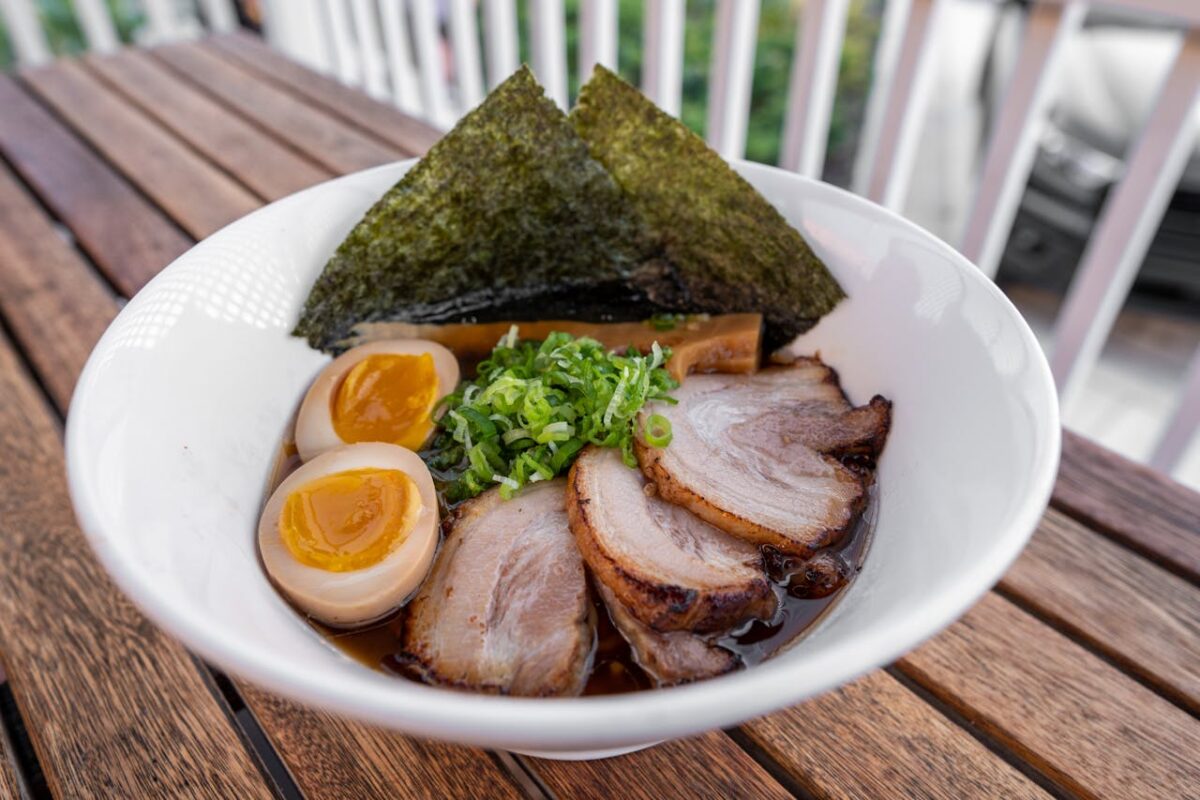
Wagyu beef also contains omega-3 and omega-6 fatty acids, essential nutrients known for their anti-inflammatory properties and their role in maintaining brain health. Additionally, Wagyu’s rich flavor means that smaller portions are satisfying, making it a more mindful indulgence.
Despite its richness, Wagyu fits well into a balanced diet when consumed in moderation. Its nutritional profile offers an excellent combination of indulgence and health, further solidifying its reputation as a unique and luxurious choice for gourmet dining.
Cooking Wagyu: Mastering the Art of Perfection
Cooking Wagyu beef is an art form that requires precision and respect for its quality. Due to its high fat content, Wagyu cooks differently than conventional beef and demands careful attention to avoid overpowering its delicate flavor.
The key to cooking Wagyu is to keep it simple. High-quality cuts are best prepared with minimal seasoning, allowing the natural flavors to shine. Pan-searing, grilling, or even sous vide are popular methods for achieving the perfect texture and doneness. The goal is to render the fat slowly, enhancing the buttery richness without compromising the tenderness.
Chefs often emphasize that less is more when it comes to Wagyu. Small portions served with complementary sides, such as lightly sautéed vegetables or simple grains, ensure that the beef remains the star of the meal. The culinary artistry involved in preparing Wagyu underscores its status as the pinnacle of gourmet dining.
Wagyu Around the World: A Global Phenomenon
While Wagyu originated in Japan, its influence has spread across the globe, captivating chefs and diners in every corner of the world. Countries such as Australia and the United States have embraced Wagyu, developing their own herds through crossbreeding and importing purebred genetics.
Each region brings its own flair to Wagyu production, resulting in variations in flavor and texture. Australian Wagyu, for example, is often raised on expansive pastures before being finished on grain diets, creating a slightly different marbling pattern. Similarly, American Wagyu combines the genetics of Japanese cattle with traditional American ranching practices, offering a unique take on this luxurious beef.
The global fascination with Wagyu has sparked a culinary revolution, with high-end restaurants and boutique butcher shops showcasing it as the ultimate dining experience. Its international appeal reaffirms Wagyu’s unparalleled status in the culinary world.
Wagyu beef stands as a testament to the power of tradition, meticulous care, and culinary artistry. From its rich heritage and unparalleled marbling to its health benefits and global impact, Wagyu continues to captivate gourmands around the world. As both a cultural icon and a gastronomic treasure, it remains the pinnacle of gourmet dining.
Want to unlock greater wellness?
Listen to our friends over at the Wellness + Wisdom Podcast to unlock your best self with Drew Canole of Organifi:

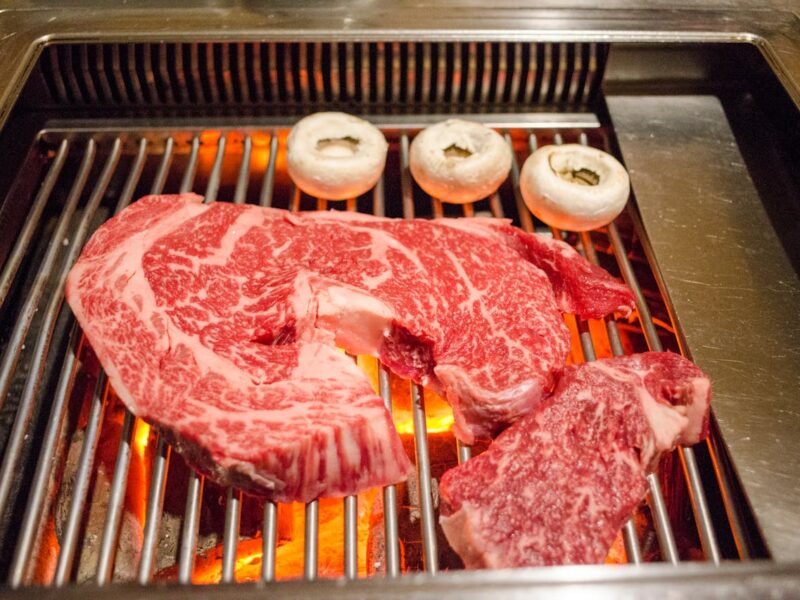
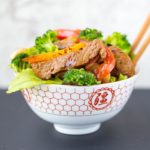

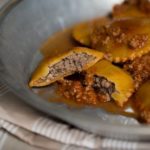

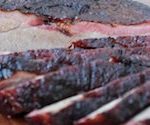

 Struggling with Glasses? Here’s What You Can Do
Struggling with Glasses? Here’s What You Can Do